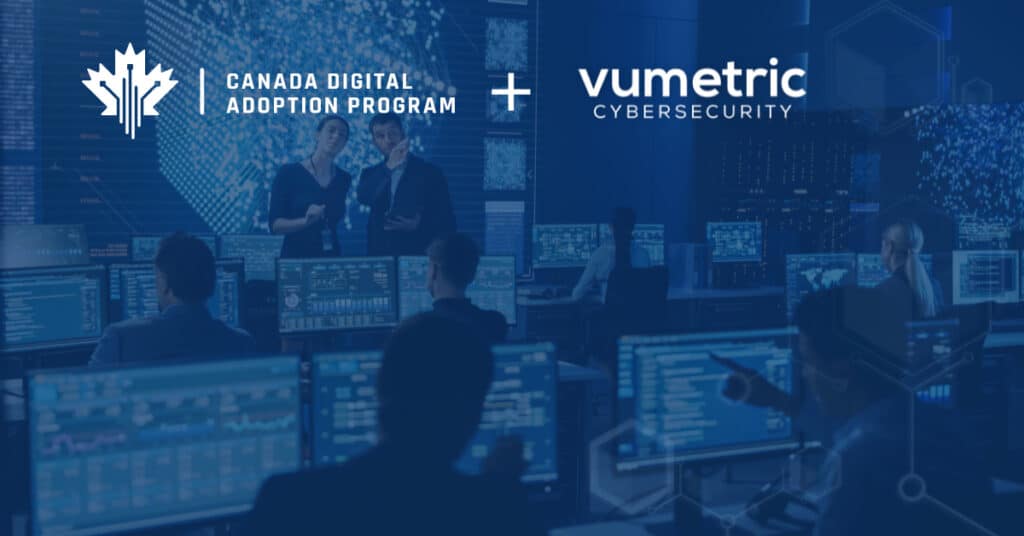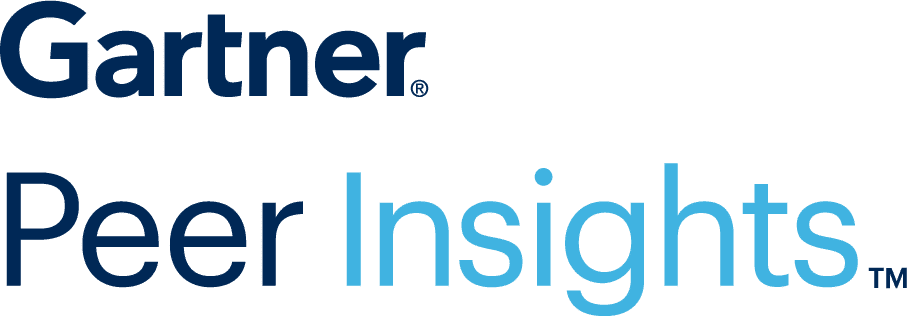As technology continues to advance, so do the threats to cybersecurity. With more and more applications being developed every day, it is crucial for businesses to stay ahead of the curve when it comes to application security. In this article, we will explore the future of application security and what businesses can do to protect themselves from potential threats.
Artificial Intelligence and Machine Learning
One of the most significant advancements in technology that will impact application security is artificial intelligence (AI) and machine learning (ML). AI and ML can be used in a variety of ways when it comes to cybersecurity. For example, they can be used for threat detection, risk assessment, and even vulnerability scanning.
AI-powered systems can analyze vast amounts of data quickly and accurately. This means that they can detect potential threats before they become a problem. Additionally, AI-powered systems can learn from past attacks and adapt their defenses accordingly.
Real-World Example: Darktrace
Darktrace is an AI-powered cybersecurity company that uses machine learning algorithms to detect cyber threats in real-time. Their system works by analyzing network traffic patterns across an organization’s entire infrastructure. The system then uses this information to identify any anomalies or suspicious behavior.
In one instance, Darktrace detected a ransomware attack on a client’s network before any damage was done. The system identified unusual activity on one particular device which turned out to be infected with ransomware. Thanks to Darktrace’s early detection capabilities, the client was able to isolate the infected device before any data was compromised.
Cloud-Hosting Security
As more businesses move their application hosting into the cloud, cloud security becomes increasingly important. Cloud providers are responsible for securing their infrastructure but customers are responsible for securing their own data within that infrastructure.
One way businesses can ensure cloud security is by implementing multi-factor authentication (MFA). MFA requires users to provide two or more forms of identification before accessing a system. This makes it much harder for hackers to gain access to sensitive data.
Real-World Example: Capital One
In 2019, Capital One suffered a massive data breach that exposed the personal information of over 100 million customers. The breach was caused by a misconfigured firewall in their cloud infrastructure.
DevSecOps
DevSecOps is an approach that integrates security into every stage of the software development lifecycle (SDLC). This means that security is not an afterthought but rather built into the application from the beginning.
By integrating security into every stage of the SDLC, businesses can identify and fix potential vulnerabilities before they become a problem. Additionally, DevSecOps encourages collaboration between developers and security teams which can lead to better overall application security.
Real-World Example: Microsoft
Microsoft has implemented DevSecOps practices across their entire organization. They use automated tools and processes to ensure that all code meets their strict security standards before it is released.
Thanks to these practices, Microsoft has been able to reduce their time-to-market while still maintaining high levels of application security. By building security into every stage of development, they are able to catch potential vulnerabilities early on in the process.
Conclusion
As technology continues to advance, so do threats against cybersecurity. However, businesses can stay ahead of these threats by implementing AI-powered systems for threat detection and risk assessment, ensuring cloud security through multi-factor authentication (MFA), and integrating DevSecOps practices into their software development lifecycle (SDLC).
By taking these steps towards improving application security now, businesses can protect themselves from potential threats in the future.





